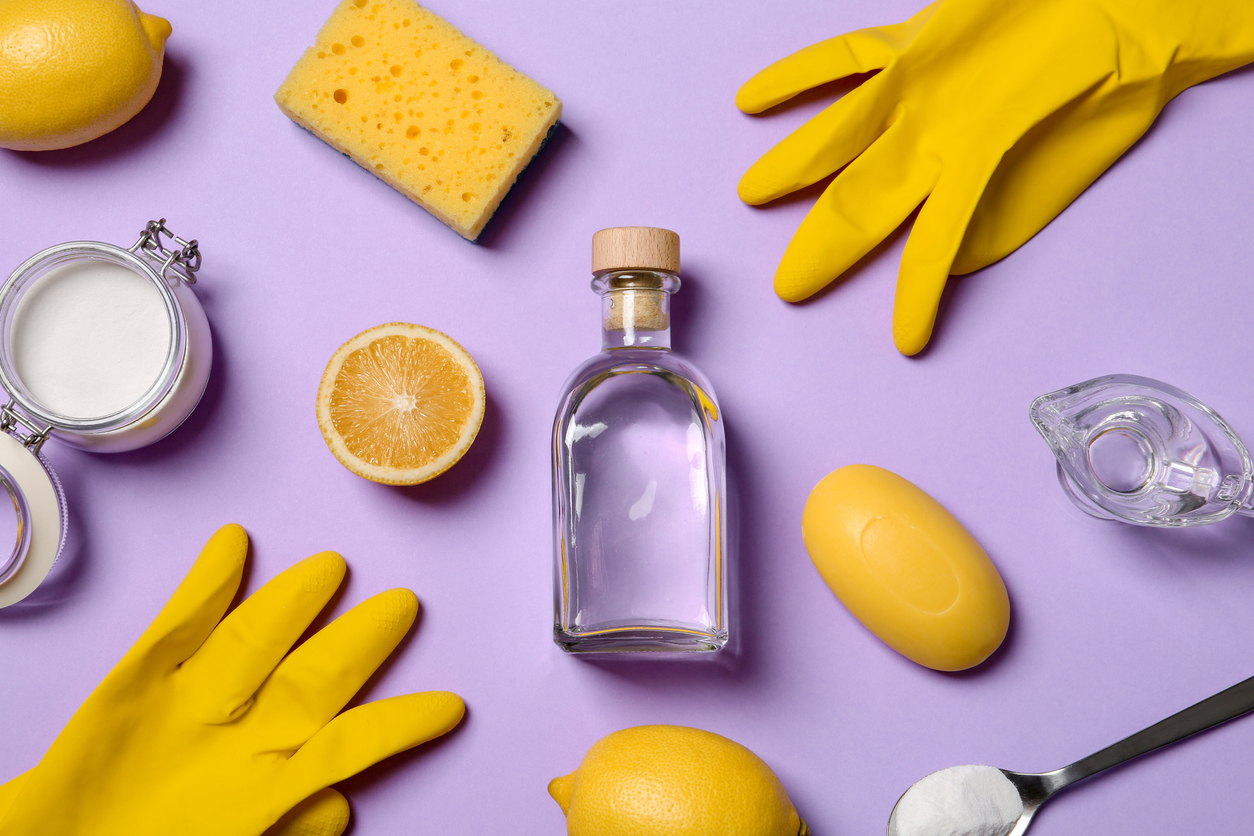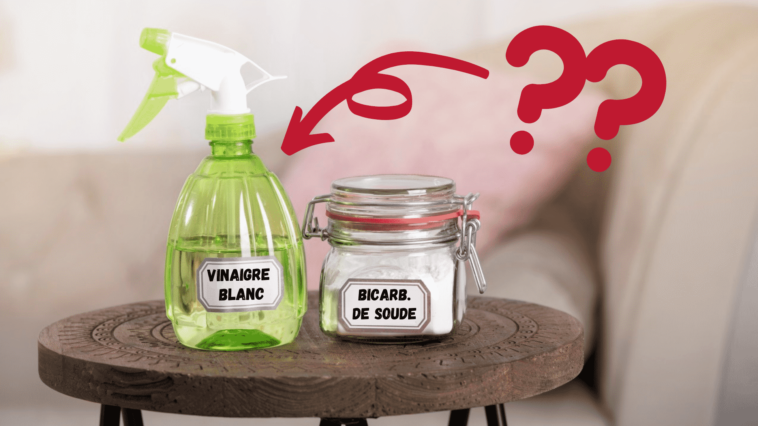On the Internet, you can quickly get the impression that white vinegar can do everything (apart from coffee!). It can be used to clean the floor or loosen laundry, as well as to soften towels, unclog pipes, degrease the oven or descale your kettle. Ecological and economical, it can be used on all surfaces in the house and replaces many household products. However, once you go to the store to buy a bottle, you realize that it is available under different names. This can quickly lead to confusion! So, which one should you choose in the end: white vinegar, household vinegar, spirit vinegar or crystal vinegar? Are they really interchangeable? What are their uses? To see things more clearly, discover the notable differences between the different types of vinegar so that you no longer make a mistake and choose the right one!
The differences between white vinegar, household vinegar, etc.
All these different vinegars actually contain the same liquid, namely spirit vinegar. In reality, the difference therefore lies rather in the acidity rate or percentage of acetic acid. The acidity level can indeed vary between 5 and 14%which can make a big difference in power and utility. And to know it, you can’t necessarily trust the name on the bottle! Indeed, if you take two household vinegars, both may have different acidity levels. It is therefore better not to stop at the name and pay more attention to the label. Once the acidity level is known, we can decide how to use it.

How to use a vinegar with an acidity between 5 and 8%?
The vinegars displaying this percentage are the less acidic. They can be used for food use without problem, especially since they are a non-perishable food in good storage conditions (protected from light and heat). This milder type of vinegar can also be used to clean anything that comes into contact with food (like the refrigerator). It can also be used for cleaning, but its less acidity will make it less powerful. He will therefore be less adept at difficult household tasks and stubborn stains on clothes and surfaces.
How to use a vinegar with an acidity between 10 and 14%?
These are the most acidic vinegars which are unfit for consumption. It’s hard to go wrong: in general, they are present in the cleaning products section! Due to their higher acidity, vinegars are more effective on a household level. If you are looking for an unbeatable stain remover, descaler, degreaser or deodorizer, you should not hesitate. Note, however, that the price is often higher.
So see if you prefer to invest a little more money to have a more powerful vinegar, but unusable in cooking or opt for the more economical, multi-use version and generally sufficient for everyday use. The difference can also be made in use. Opt for the more acidic version if the sweeter one doesn’t suit you!
Whatever vinegar you use, use it wisely!

Whether it is a slightly or very acidic vinegar, the same precautions must be observed. Therefore, care must be taken not to use it on surfaces that could be damaged (fragile fabrics, stone, cement, marble, etc.).
Additionally, vinegar does not never works well with bleach or chlorine. Beware of these dangerous mixtures which can release gases that are very toxic to the respiratory tract. Let us also mention the combination of vinegar and hydrogen peroxide which produces peracetic acid which is very toxic to the mucous membranes, eyes and skin. Finally, remember that the vinegar-baking soda pair is very effective on clogged pipes or stains. However, these two substances cancel each other out chemically: there is therefore no need to mix them in cleaning products that you intend to keep (detergent, fabric softener, dishwashing liquid, etc.)!


